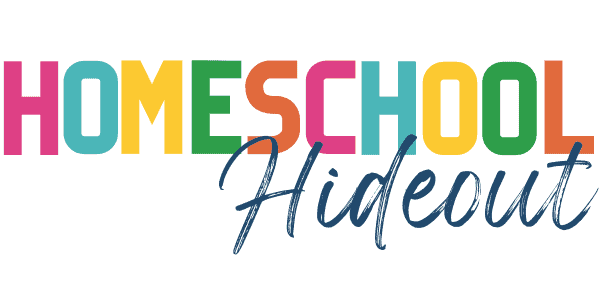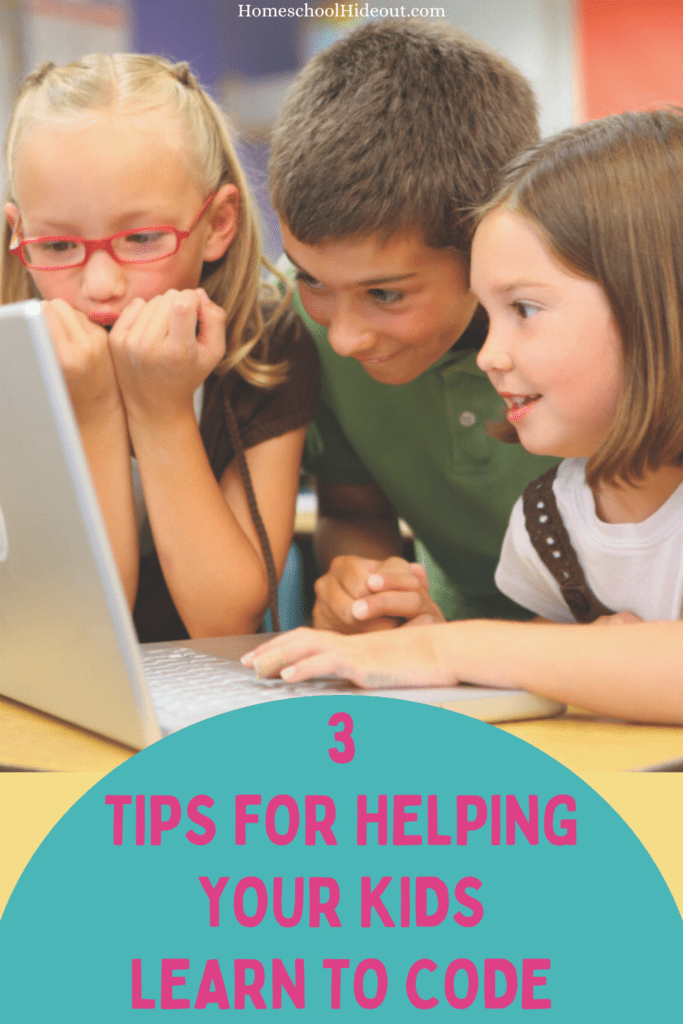3 Tips to Help Kids Learning to Code
There has been a recent push to include coding lessons in elementary and middle school curricula. This is because of the positive effects that learning to code can have on students’ ability to think analytically and prepare them for the future.
Nevertheless, while we all eagerly await for the federal program to include coding lessons in our young ones’ official education program, many parents feel enthusiastic about jumping on the bandwagon right away.
Learning to code is an excellent skill to acquire in early life. Motivating and pushing your kids to learn the basics of coding is a great way to foster their creativity, ingenuity, and problem-solving skills. In addition, it serves as a solid groundwork for understanding advanced concepts in the field of computer science.
Still, if you’re not a computer engineer or a programmer yourself, it’s hard to adequately know which steps you need to take to prepare your kid for a future in computer science.
3 Tips to Help Kids Learning to Code
Teaching coding at home without expertise or experience can be challenging, as code is another language and skill. Plus, if you’re not a programmer, your best bet would be to enroll them in adapted coding courses for kids or make them play games and use apps specifically designed to teach kids the fundamentals of computer programming.
It could be a while before you see results, depending on how long it takes you to form a habit in your child, but it will be well worth it in the long run for their growth and development. Here are four things you need to keep in mind if you want your young one to learn the basics of coding.
Sticking To Only One Programming Language In The Beginning Is A Bad Idea
Some programming languages are less daunting to beginners than others, and these are the ones that often attract them. To avoid sacrificing students’ interest and excitement for a rigorous curriculum, carefully consider where to start.
Rather than asking, ‘Which language would you like to learn?’ ask, ‘What is it that you hope to one day build?’. Having a clear goal in mind from the beginning can help students focus their time and energy on the aspects of learning to code that they find most rewarding.
For example, you might want to enroll them in a mixed course where they’ll learn a bit of all the most important coding languages up from Python to SQL, Rust, and others so that they are interested in learning full stack development once they get older, a career that could definitely pay off if they continue to show interest in computer science.
Make Sure That They First Start With The Basics
Preferably, your efforts to help your kids learn the basics of coding should start with the fundamental coding concepts. In that regard, your kids should begin with easy books. Get them to read kid-themed coding books or watch a video covering the fundamentals. Then, aim for them to be able to explain coding to a friend or relative in a few simple sentences to see if they understand the process.
Instilling in kids the idea that coding is just another approach to solving issues will help them view it less as a duty and more as something they do naturally but in a slightly different form every day. Give them a hand as they venture into the world of coding and find out what they like to do together. Interact with them, inquire about their work, and learn from them. Even if you don’t know how to code, they will be happy to teach you about their projects and share their experience with you.
The Best Way To Educate Is Via Play
Toys, other playthings, and more traditional forms of play are excellent learning tools for young children. In that context, coding toys can help to teach your kid to code, which, in layman’s terms, is to run a computer program. Expect to spend a decent amount on a proper coding toy because this tool will give them an advantage in both school and the job market, unlike other plush toys that have not been subjected to such rigorous study and testing to ensure their quality and safety.
The function is more critical when choosing a toy for your child. Is it a toy with a constant form and many functions, or one that children may build on and customize? After assessing the toy’s quality and function, determine whether it fits the child’s age. Thanks to these toys, children will be able to handle increasingly complex tasks as their brains mature at different ages, so get them a coding toy to spark their interest in how programming and computers work.
Final Thoughts
Jobs in the computer science industry are on the rise, and the ability to code can give young people an edge in the job market. Learning to code is beneficial for kids because it trains their brains to think critically and solve problems. Starting out, it’s best to cover a wide range of topics than to dive deeply into technical specifics. Your kid will be more interested in diving deeper into the areas of programming that pique their interest after getting a taste of the field.







